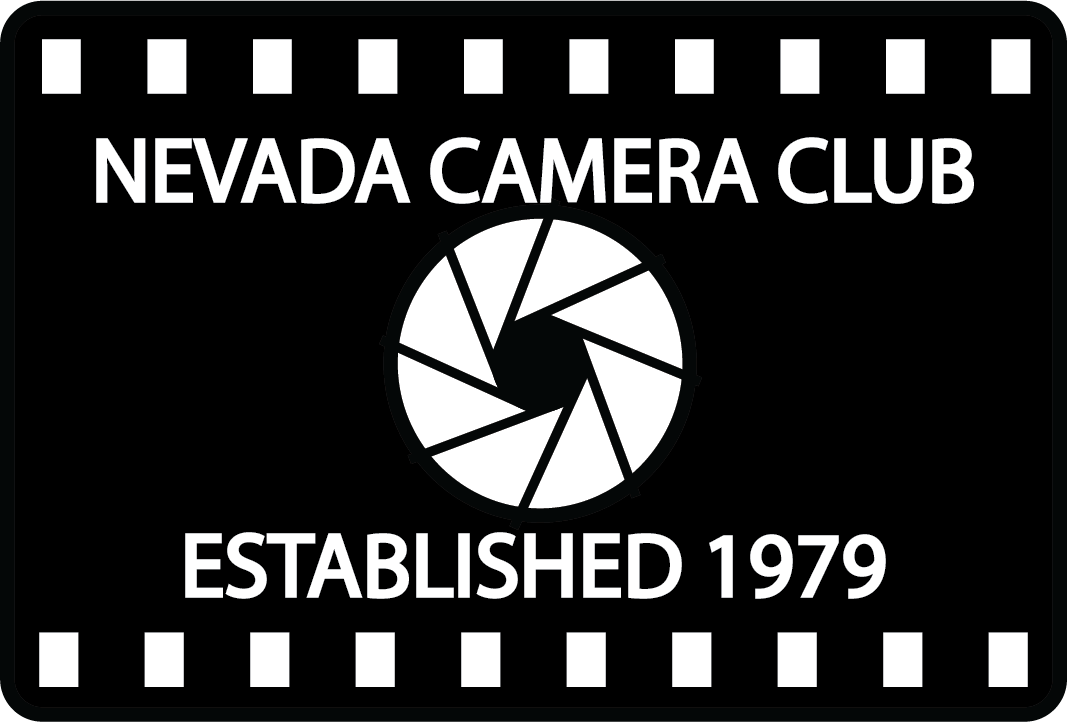Watch the live feed here.
Submitted by admin on Mon, 03/03/2014 - 1:05pm
Definitions
To get a firm grasp on Color Management you need to understand a few terms and what they mean: RGB is short for Red, Green, and Blue. It is the most popular way to define a color. CMYK is short for Cyan, Magenta, Yellow, and blacK. It is an alternative to defining color than RGB. It is almost exclusively used for commercial printing like magazines and books. For the purpose of this document we will ignore CMYK. 8 bit color depth means there are 256 steps for each of the RGB colors. In a 8 bit color depth there are 16,777,216 colors. 16 bit color depth means there are 65,536 steps for each of the RGB colors. In a 8 bit color depth there are 281 trillion colors. Photoshop typically just shows you the 8 bit color number when you are looking at the color numbers. Color Profile is a file that defines what color each number is. They are used throughout the whole process. Your monitor, printer, camera, and image files all have one. sRGB is a color profiles that image files are saved in. It has the smallest range. It is also the most widely used. If your image is going to be uploaded to the internet you should use this one. AdobeRGB is a color profile that image files are saved in. It is bigger than sRGB. Some printers can use colors from this space that are not in the sRGB space. ProPhoto RGB is the biggest color profile that image files are saved in used for photography. It is so large that to get the full effect you should use it on 16 bit images. This is also the default color profile for Adobe Lightroom.
Overview
When you take a picture a file is written on your memory card. If that file is a JPG the camera uses its built in color profile and converts the colors it reads off the sensor into a color profile (most likely sRGB). If that file is a RAW file your RAW converter has a profile for your camera and using your adjustments it creates an image for you. When you open the image your software takes that file and converts it to the profile that your screen uses and you see the image on the screen. If you print the image it gets converted to the profile of your printer. People who are serious about color will create custom profiles for each of these. You can create a custom profile for your camera and lighting situation by using a color checker. You can create a custom profile for your screen by using a hardware device that reads the colors from the screen. You can create a custom printer profile by printing a block of colors and using a hardware device. You can also download printer profiles that are typically close enough from the internet.
Catagory: Post Processing

